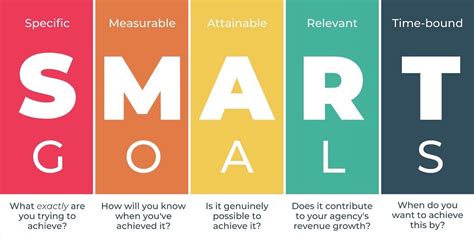The Art of Smart Casual: A Modern Man’s Guide
Smart casual is arguably the most versatile and frequently encountered dress code for men today. It sits comfortably between formal business wear and truly casual attire, offering a sweet spot of comfort and sophistication. For the modern man, understanding and mastering this style is crucial for navigating everything from important business lunches and networking events to sophisticated social gatherings and weekend brunches. It’s about looking put-together without being overdressed, and comfortable without being underdressed.
Understanding the Smart Casual Spectrum
Smart casual isn’t a rigid uniform; it’s a spectrum. At its core, it demands an outfit that is neat, polished, and contemporary. Think of it as a refined version of your everyday look, where comfort meets conscious styling. It typically means no t-shirts (unless exceptionally high quality and paired correctly), no athletic wear, and generally, no overly distressed denim. The key is to convey a sense of effortless style and attention to detail.

Essential Wardrobe Components for Smart Casual
Building a smart casual wardrobe relies on versatile pieces that can be mixed and matched to suit various occasions. Investing in quality over quantity will pay dividends in the long run.
Blazers and Sport Coats
A well-fitting blazer or sport coat is the cornerstone of smart casual style. Opt for versatile colors like navy, charcoal, or neutral tans. Materials like wool, linen (for warmer weather), or cotton blends offer texture and visual interest. A blazer instantly elevates an outfit, adding structure and formality without requiring a full suit.

Shirts
Button-down shirts are your best friends. Think Oxfords, chambray shirts, or refined patterned options. Polo shirts in quality fabrics can also work, especially for slightly more relaxed social events. Crew-neck knitwear (like fine-gauge merino wool or cashmere sweaters) worn over a collared shirt or on its own with tailored trousers also fits perfectly into the smart casual remit.
Trousers and Chinos
Swap out your dress slacks for well-fitting chinos, tailored trousers in cotton or wool, or even dark, un-distressed jeans. The fit is paramount: avoid baggy or overly skinny styles. Colors like khaki, navy, grey, olive, or even burgundy can add variety.
Footwear
Your shoes can make or break a smart casual outfit. Derbies, loafers (penny or tassel), Chelsea boots, or chukka boots are excellent choices. For a more modern take, clean, minimalist leather sneakers in white or a dark color can be appropriate, provided the rest of your outfit is sufficiently polished. Always ensure your shoes are clean and well-maintained.

Accessorizing for Impact
Accessories are the details that truly complete a smart casual look. A leather belt that matches your shoes, a tasteful watch, and perhaps a subtle pocket square or a quality pair of socks can elevate your ensemble. Remember, less is often more; aim for understated elegance.
Tailoring for Perfection
No matter how expensive your clothes are, if they don’t fit well, they won’t look good. Ensure your blazers are fitted at the shoulders and waist, trousers have the right break, and shirts aren’t baggy. A good tailor is an invaluable asset for mastering smart casual style.
Navigating Different Occasions
The beauty of smart casual lies in its adaptability. You can dial it up or down depending on the specific event.
Business Settings (Networking, Conferences, Business Lunches)
For professional smart casual, lean towards the ‘smart’ end of the spectrum. Pair a blazer with tailored chinos or wool trousers, a crisp button-down shirt, and leather loafers or Derbies. A tie is usually optional but can be added for a more formal edge if appropriate. Stick to more muted colors.
Social Events (Dinners, Parties, Gallery Openings)
Here, you can inject more personality and lean slightly more ‘casual.’ Experiment with patterned shirts, a refined polo, or a quality knit sweater. Dark, clean jeans can be acceptable when paired with a blazer and sophisticated shoes. This is where you can play with richer textures and colors, perhaps adding a stylish scarf or a unique pocket square.

Common Pitfalls to Avoid
- Ill-fitting Clothes: Too baggy or too tight instantly downgrades your look.
- Wrinkled Garments: Always iron or steam your clothes. A crisp look is paramount.
- Overly Casual Footwear: Avoid athletic sneakers (unless exceptionally clean and minimalist) or flip-flops.
- Graphic T-shirts: Generally a no-go for smart casual.
- Ignoring the Occasion: Always consider the specific event and venue. When in doubt, err on the side of slightly more formal.
Conclusion: Confidence Through Style
Mastering smart casual style isn’t just about owning the right clothes; it’s about understanding how to combine them confidently and appropriately. It’s an expression of your personal brand and respect for the occasion. By focusing on fit, quality, and versatility, and by learning to adapt your outfits to different contexts, you’ll always present a polished, sophisticated, and effortlessly stylish image, ready for any business or social event.





